What is Sceletium Tortuosum (kanna, kougoed)?
Sceletium tortuosum was used by South African pastoralists and hunter-gatherers as a mood-altering substance from prehistoric times. The earliest written records of the use of the plant date back to 1662 and the plant was first illustrated in 1685. Sceletium was an item of barter in the time of Jan van Riebeeck, and there is documentation of trade from the Castle in Cape Town, South Africa. The traditionally prepared dried Sceletium was often chewed as a quid, and the saliva swallowed, but it has also been made into teas and tinctures. Sceletium used to be inhaled as a snuff, or smoked, usually with the addition of other herbs.
Sceletium elevates mood and decreases anxiety, stress and tension. Also helps accentuate certain smoking herbs. It is used to treat depression and is excellent for rehabilitating drug addictions as it is not addictive itself. In intoxicating doses it can cause euphoria, initially with stimulation and later with sedation. It has also been used as an appetite suppressant by shepherds walking long distances in arid areas.
Long-term use in the local context followed by abstinence has not been reported to result in a withdrawal state. The plant is not hallucinogenic, and no severe adverse effects have been documented.
Sceletium tortuosum was used in rural areas in very small doses as a treatment for colic in infants, added to a teaspoon of breast milk, and this use still survives in some local communities.
Chemistry and Pharmacology
The active constituents of Sceletium tortuosum are alkaloids, including mesembrine, mesembrenone, mesembrenol and tortuosamine. Mesembrine is a major alkaloid present in Sceletium tortuosum, and has been demonstrated in unpublished laboratory studies to be a very potent serotoni uptake inhibitor.
Mesembrine This receptor-specific activity, and receptor activities also found on nicotinic, dopamine and non-adrenaline sites certainly validate the traditional mood-elevating uses, and suggest additional therapeutic and wellness potential.
Clinical and supplement use
Tablets and capsules of Sceletium are being used successfully by a number of psychiatrists, psychologists and doctors with excellent results for anxiety states and mild to moderate depression; and they can also be used by the lay public as supplements to elevate mood and for stress and tension. In addition to Sceletium common use for the stress and mental fatigue of modern industrial living, Sceletium has been used as a natural supplement in:
• Low mood, including grey weather syndrome
• Anxiety states, including social phobia
• Irritability in menopause
• Improvement in libido, when lack of libido is from anxiety or low mood
• Post-traumatic stress disorder, as part of a support program
In addition to these better-known clinical uses, there is some preliminary evidence that Sceletium may be of value as a supplement in drug addiction rehabilitation and alcohol rehabilitation support, as part of a formal program.
Research directions for the future include evaluation of potential in cognitive enhancement, and the management of Parkinson’s Disease and Alzheimer’s Disease.
Dose & Side Effects
A typical dose is one 100mg tablet once a day, usually taken after breakfast and after lunch. Less commonly this can be increased to 100mg twice a day, if necessary. In drug rehabilitation programs, under physicians or psychiatrists supervision, the dose needed may be as high as 200mg twice a day.
The New Liquid extract oral sprays are easy to use and very effective. The dosage is 3 sprays into mouth as and when needed. There is enough in 1 bottle to last over a month (Based on using 3 times a day).
The powder is also very popular – and works out very cost effective. This can be taken as you would with capsules, or it can be sprinkled into your tea, or can be smoked with or without tobacco.
Very few people experience side-effects. The reported side-effects include occasional episodes of:
• Mild headache
• Slight nausea, no vomiting
• Soft stool or loose stool with no cramping
• Transient increase in anxiety or irritability an hour after initiating treatment, which resolves after an hour or so.
• Insomnia: corrected by lowering the dose or taking the product not later than midday
• A feeling of sedation: corrected by taking the product as a single 50mg dose at night*
*All the above statements have not been evaluated by the Food and Drug administration. This product is not intended to diagnose, treat, cure, or prevent any disease.
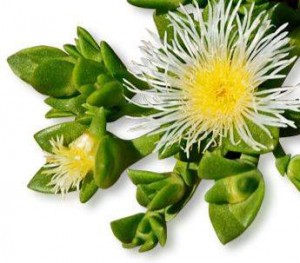

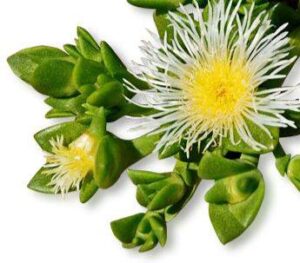
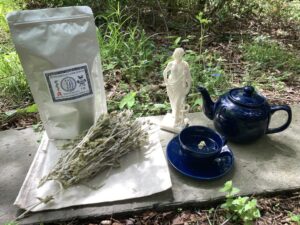
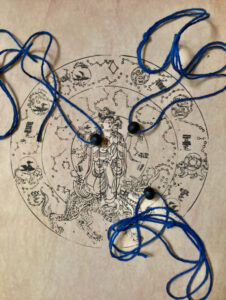
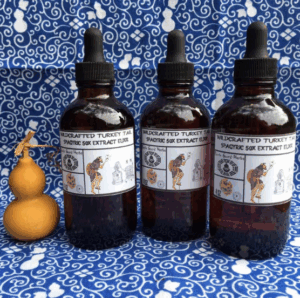
 Adding...
Adding...